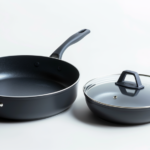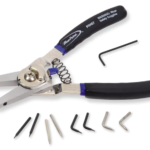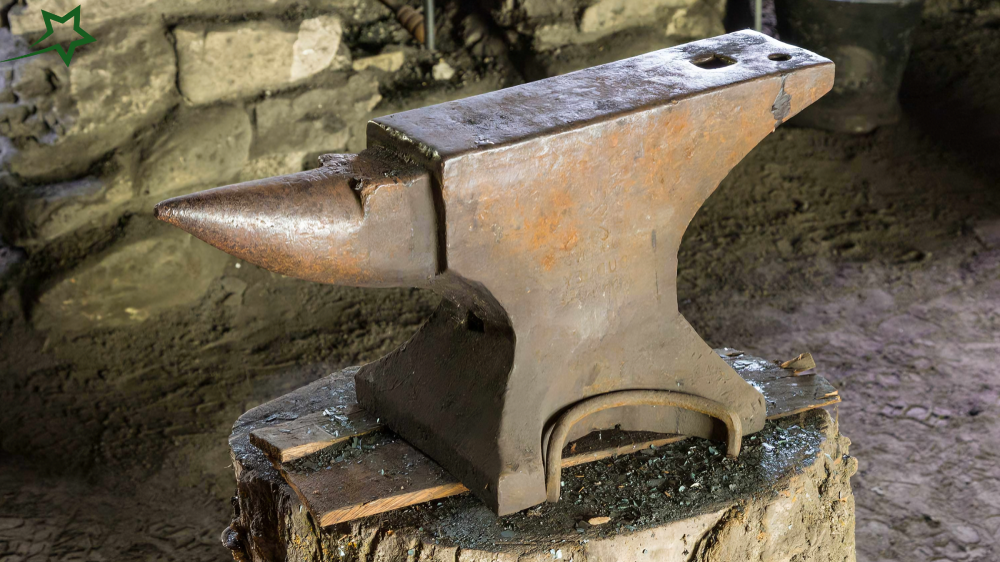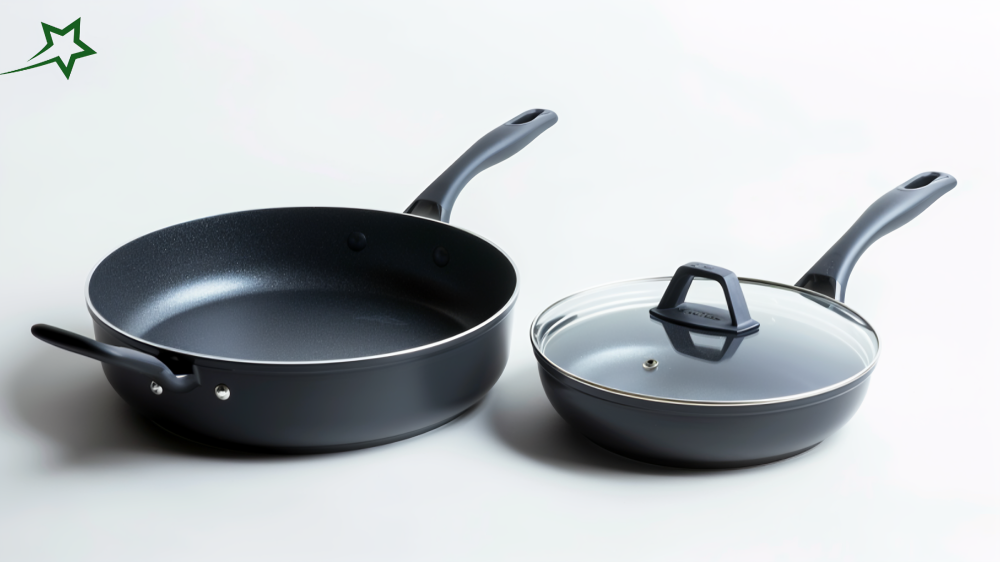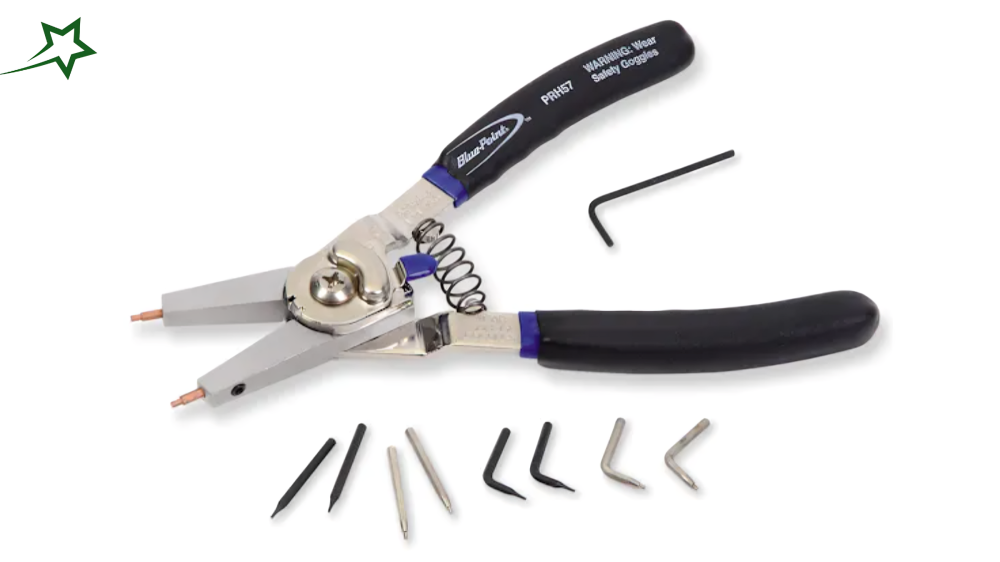The Trenton 126lb Mouse Hole Anvil is a revered piece of blacksmithing history. As any blacksmith will tell you, the anvil is one of the most important tools in their shop. It serves as the heart of any blacksmithing operation, providing a solid surface for shaping metal, striking hot materials, and making precision adjustments. Among the myriad of anvils in use today, few hold the same level of respect and admiration as the Trenton 126lb Mouse Hole Anvil.
This article will explore Trenton 126lb Mouse Hole Anvil Identification in-depth. Not only will we cover how to identify this particular anvil model, but we will also look at its historical significance, design, and why it remains one of the most sought-after anvils by both blacksmiths and collectors. If you’re a blacksmith or tool collector, or simply curious about anvils, understanding the Trenton 126lb Mouse Hole Anvil Identification is an essential part of appreciating this iconic tool.
The Legacy of Trenton Anvils
To understand why the Trenton 126lb Mouse Hole Anvil is so important, it is necessary to first explore the legacy of the Trenton Iron Works, the company behind its creation. Trenton Iron Works was established in the early 19th century in Trenton, New Jersey, and it quickly became one of the foremost producers of anvils in the United States. The company’s reputation for high-quality manufacturing and durable tools made their products highly sought after by blacksmiths, farriers, and metalworkers nationwide.
Trenton anvils were known for their strength, excellent craft skills, and innovative designs. Throughout its history, Trenton Iron Works produced various types of anvils, including models with specialized features such as the “mouse hole,” which was incorporated into many of their anvils, including the Trenton 126lb Mouse Hole Anvil.
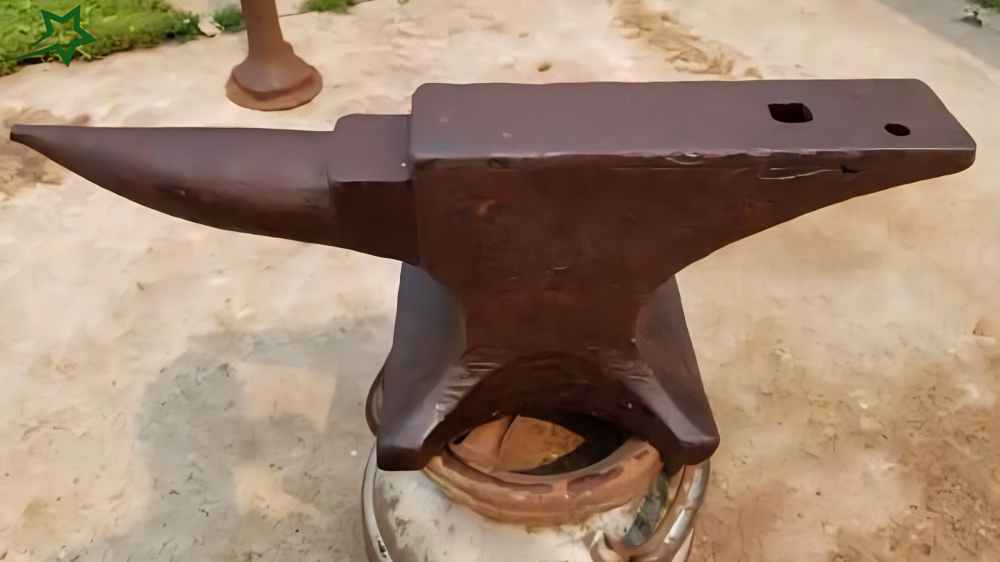
Key Features of the Trenton 126lb Mouse Hole Anvil
The Trenton 126lb Mouse Hole Anvil is recognized for its particular design and features that make it stand out from other anvils on the market. These features also make identification straightforward for blacksmiths and collectors alike.
The Mouse Hole Feature
The defining feature of the Trenton 126lb Mouse Hole Anvil is its “mouse hole,” a small, oval-shaped hole near the anvil’s base. This hole has a functional purpose and serves as a means for securing the anvil more firmly to its base or work surface. During heavy hammering, the hole allows for the anvil to be stabilized, reducing movement and vibration, which is critical for ensuring precise work.
The term “mouse hole” is used because the hole is typically small and round or oval, reminiscent of a mouse hole in a wall. For blacksmiths, the addition of this hole was an innovation that improved the anvil’s stability during heavy use. The mouse hole became one of the signature features of Trenton anvils, and it’s an immediate indicator when identifying the Trenton 126lb Mouse Hole Anvil.
Weight and Size (126 lbs)
The weight of an anvil plays a significant role in its functionality. A 126-pound anvil is considered medium-weight, providing a perfect balance between portability and performance. The Trenton 126lb Mouse Hole Anvil is often seen as an excellent option for blacksmiths who need a reliable and robust tool that’s not too heavy to be unwieldy but still offers a solid striking surface.
The 126-pound weight is often clearly marked on the anvil, either on the face, side, or heel. This marking is important when identifying this specific model, as anvils from different manufacturers or different weight classes can appear similar. The weight of an anvil is a defining characteristic and plays a vital role in its functionality, so this information is essential for both collectors and working blacksmiths.
Distinct Branding Marks
One of the key components in Trenton 126lb Mouse Hole Anvil Identification is the branding mark, which often includes the word “Trenton.” Over the years, the Trenton Iron Works used various logos and stampings, but all of them shared one common trait—the Trenton name.
Typically, the logo is stamped on the side or face of the anvil, although the exact location of the marking may vary. This branding is often accompanied by other identifying marks, such as the weight (126lb), and sometimes the phrase “Mouse Hole.” The exact design of the logo has evolved over the years, but the presence of “Trenton” stamped on the anvil is a surefire indicator that you’re looking at a product from Trenton Iron Works.
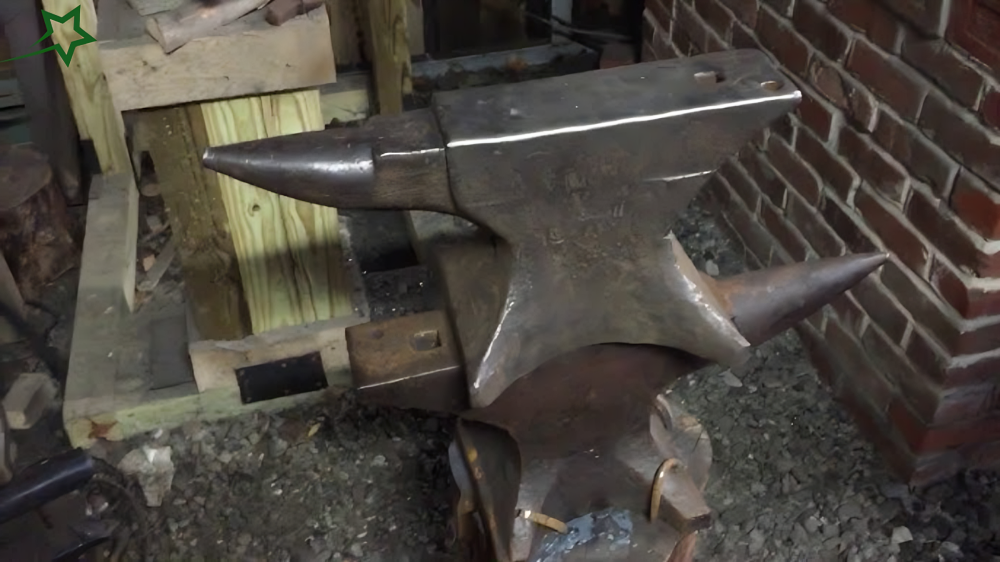
Shape and Symmetry
When you look at the Trenton 126lb Mouse Hole Anvil, you’ll notice a specific and symmetrical shape. The anvil has a flat working face that is used for forging metal, a rounded horn for bending and shaping metal, and a heel that tapers to a point. The shape of the anvil is designed for functionality, allowing the smith to perform a wide range of tasks, from shaping metal into tools to smoothing edges or creating intricate patterns.
The base of the anvil is where the mouse hole is located. The rest of the design is relatively uniform, with smooth contours and solid, no-frills construction that was built for durability and practicality. The solid design makes the Trenton 126lb Mouse Hole Anvil Identification suitable for both small projects and heavier industrial work.
Material and Durability
The material used to construct the Trenton 126lb Mouse Hole Anvil is another important consideration. Trenton anvils were built to last. They were made from a combination of high-quality steel and iron, carefully forged and hardened to create a tool that could withstand years of heavy use. The steel composition ensures that the anvil surface remains strong and resilient, even after repeated hammering.
The durability of Trenton anvils is a major reason why they remain a popular choice among blacksmiths today. Despite their age, many Trenton anvils continue to function just as well as they did when first manufactured. In fact, for many blacksmiths, using a vintage anvil like the Trenton 126lb Mouse Hole Anvil Identification is a badge of honor, as the anvil is considered a tool of great craft skills that still has many years of life left.
How to Identify a Trenton 126lb Mouse Hole Anvil
The Trenton 126lb Mouse Hole Anvil Identification process is relatively straightforward once you know what to look for. Whether you’re a blacksmith looking to acquire one of these anvils or a collector hoping to verify its authenticity, here are some key identification markers to guide you:
Check for the Mouse Hole
The presence of the “mouse hole” is the most obvious identifying feature of the Trenton 126lb Mouse Hole Anvil Identification. The hole is typically round or oval and located on the base of the anvil. It serves both a functional and aesthetic purpose, so it’s a good place to start when identifying the anvil.
Looking for Weight Stamps
Next, check for the weight stamp. A genuine Trenton 126lb Mouse Hole Anvil will usually have the weight (126 pounds) clearly marked somewhere on its body. Sometimes this mark will be near the base or the horn, depending on the production period.
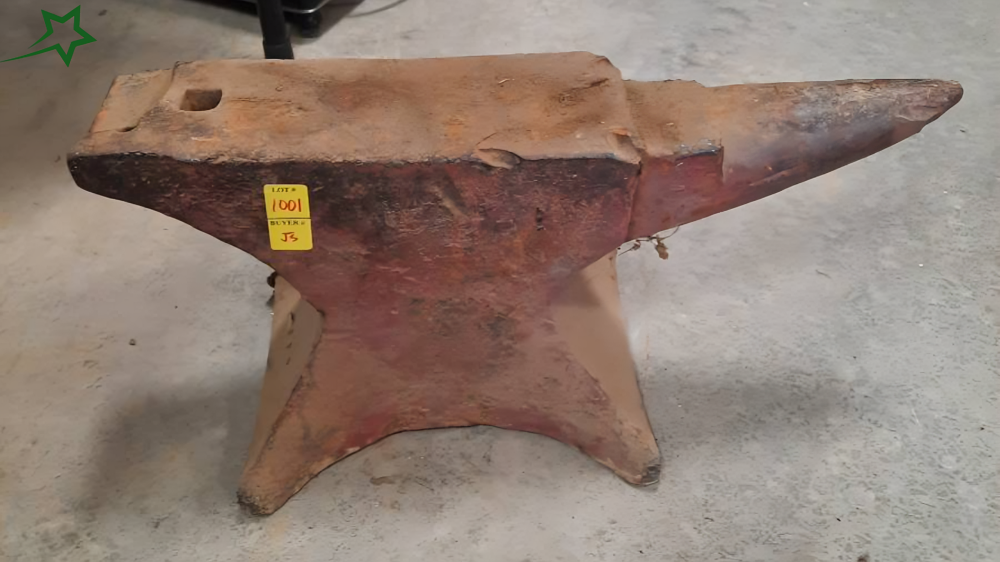
Inspect the Branding
Another important step is to check for the “Trenton” branding. This brand is typically stamped onto the face or side of the anvil. The design of the logo may vary over time, but it will always contain the word “Trenton.” Sometimes additional markings such as “Mouse Hole” or the Trenton Iron Works symbol may accompany the branding.
Examine the Shape and Design
The Trenton 126lb Mouse Hole Anvil has a specific and recognizable shape. Look for a rounded horn, a flat face, and a tapered heel. The overall symmetry of the design is a strong indicator of the anvil’s authenticity.
Assess the Condition and Craft skills
Finally, inspect the condition of the anvil. The craft skills of Trenton anvils is second to none, and even older models are often still in good working condition. Look for signs of wear, such as rust, pitting, or nicks. These marks might provide clues about the anvil’s age and previous use, but they don’t detract from the anvil’s value if it is well-preserved.
The Value of Trenton 126lb Mouse Hole Anvils
While the historical and practical significance of the Trenton 126lb Mouse Hole Anvil is evident, its value also plays a significant role in its desirability. A well-preserved Trenton 126lb Mouse Hole Anvil Identification can fetch a considerable price on the market, especially among collectors and professional blacksmiths. Its rarity, quality, and reputation for excellent craft skills all contribute to its market value.
Anvils are often considered investments, especially vintage models like the Trenton 126lb Mouse Hole Anvil Identification which are highly prized for their durability and historical significance. As blacksmithing continues to grow in popularity, the demand for high-quality anvils like the Trenton model is likely to increase, making them a valuable tool for future generations of metalworkers.
More: Reddit
Conclusion
In summary, the Trenton 126lb Mouse Hole Anvil Identification is more than just a tool; it’s a testament to the artistry and craft skills that defines blacksmithing as a profession. Whether you’re a working blacksmith, a tool collector, or someone with an interest in blacksmithing history, knowing how to identify the Trenton 126lb Mouse Hole Anvil is an essential skill. This anvil’s unique design, historical importance, and durable construction make it a highly sought-after piece of equipment that continues to serve blacksmiths today.
By understanding the key features of the Trenton 126lb Mouse Hole Anvil Identification process, you can easily spot this classic piece of blacksmithing history and appreciate its value, craft skills, and functionality.

